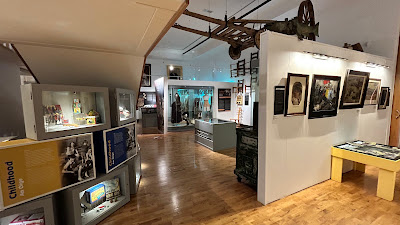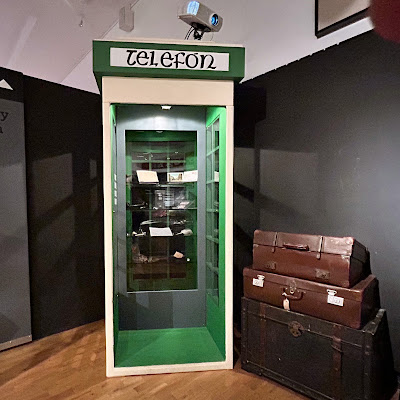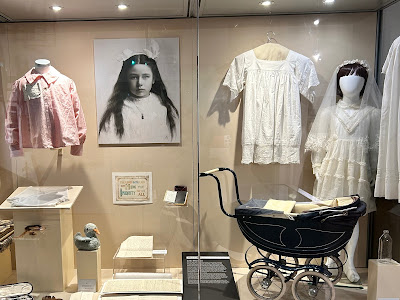Out of Town: Tipperary Museum of Hidden History
Sometimes all we want is a few hours away, especially in these autumn days with a hint of chill or that phrase loved of weather-people, 'persistent rain showers', writes Brian Byrne. Sometimes we want to forego the trending healthy option of a brisk walk by a canal, river or on a hill. Sometimes it's just 'let's go for a drive'. Recently, while in Clonmel on one of those spontaneous spins, we were directed by a local to the Tipperary Museum of Hidden History.
The museum is a modern building but rather hidden itself unless you have a reason to go to the Tipperary County Council and Clonmel Town complex of civic buildings beyond what was the original Borstal Gate of the walled town. But when you get there, you've found one of those unexpected true gems.
There is history there of Clonmel's medieval past, especially the famous siege by Cromwell in 1650 where, after losing a substantial number of his 8,000 soldiers through the clever ambush tactics of Hugh Dubh O'Neill's much smaller garrison, the besieger was conned by the mayor into promising no reprisals if allowed to take the town. The expected artefacts of the time are on display, as is a copy of Cromwell's death mask.
There are also details of the historical importance of Clonmel and nearby settlements along the Suir River for industry and trade that made the town one of the most important in inland Munster.
But it is what I call the 'near-history' exhibits cleverly displayed in the relatively small space that I expect garners the curiosity of children and the 'do you remember that?' amongst their parents.
A plug-and-connect old telephone exchange, placed between an Ogham stone and a by-now ancient Digital VT100 computer terminal from the late 1970s, reflects how communications evolved over 1,600 years. A P⁊T phone box does something similar, though instead of a phone it has examples of postcards which were, in the pre-digital past, the way many of us personally communicated with family and friends.
There are bombs and guns and bullets and bayonets recalling Ireland's own wars against oppression and with ourselves and WW2, including a so-called 'non-lethal' baton round of the type used during the 'Troubles' in more recent decades.
There's poignancy in the clothes, playthings and home-school work of Dorothy May Petronell Grubb, who died at the age of 11 from typhus. Her things were stored in a box for 100 years before being given into the care of the museum.
There are exhibits of Tipperary-connected more gruesome past. Including a 1907 murder carried out in Monte Carlo by Clonmel-born Vere Goold and his wife Marie Girodin which involved hiding their victim's body parts in a trunk and suitcase. The former which leaked blood and a 'foul odour' and led to their capture. In that section there's also the disturbing and shameful account from the mid-1800s of the transportation of more than 4,000 Famine orphan girls as young as 14 to Australia to work as domestic servants, and to become wives in a place where there were many more men than women. Some 477 of those girls were from the Tipperary workhouses. While this is a generally little-recalled story in today's Ireland, these girls are commemorated every year in the Australian cities where they were sent.
On a lighter note, literally, Tipperary has a very strong musical history, especially from Clonmel itself. This is marked in the Museum of Hidden History by exhibits about famous in their day musical radio presenters Tommy O'Brien and Vincent Hanley, and stars from the town and wider region including Frank Patterson, Mick Delahunty, and the Clancy Brothers from nearby Carrick on Suir.
And still from hear-history, there are many of us who remember giving our own children toys like the Fisher-Price 'record player' that is among a small collection of what kids used to enjoy — before video, electronic, and digital innovation changed children's entertainment. Utterly. "D'you remember that?"
If you're in the area, do make a point of finding the Tipperary Museum of Hidden History. Small. Beautifully presented. An hour of putting our lives today into a little look-back perspective.
A full selection of the Diary's photos from the museum can be viewed here.
Photographs use Policy — Privacy Policy











































